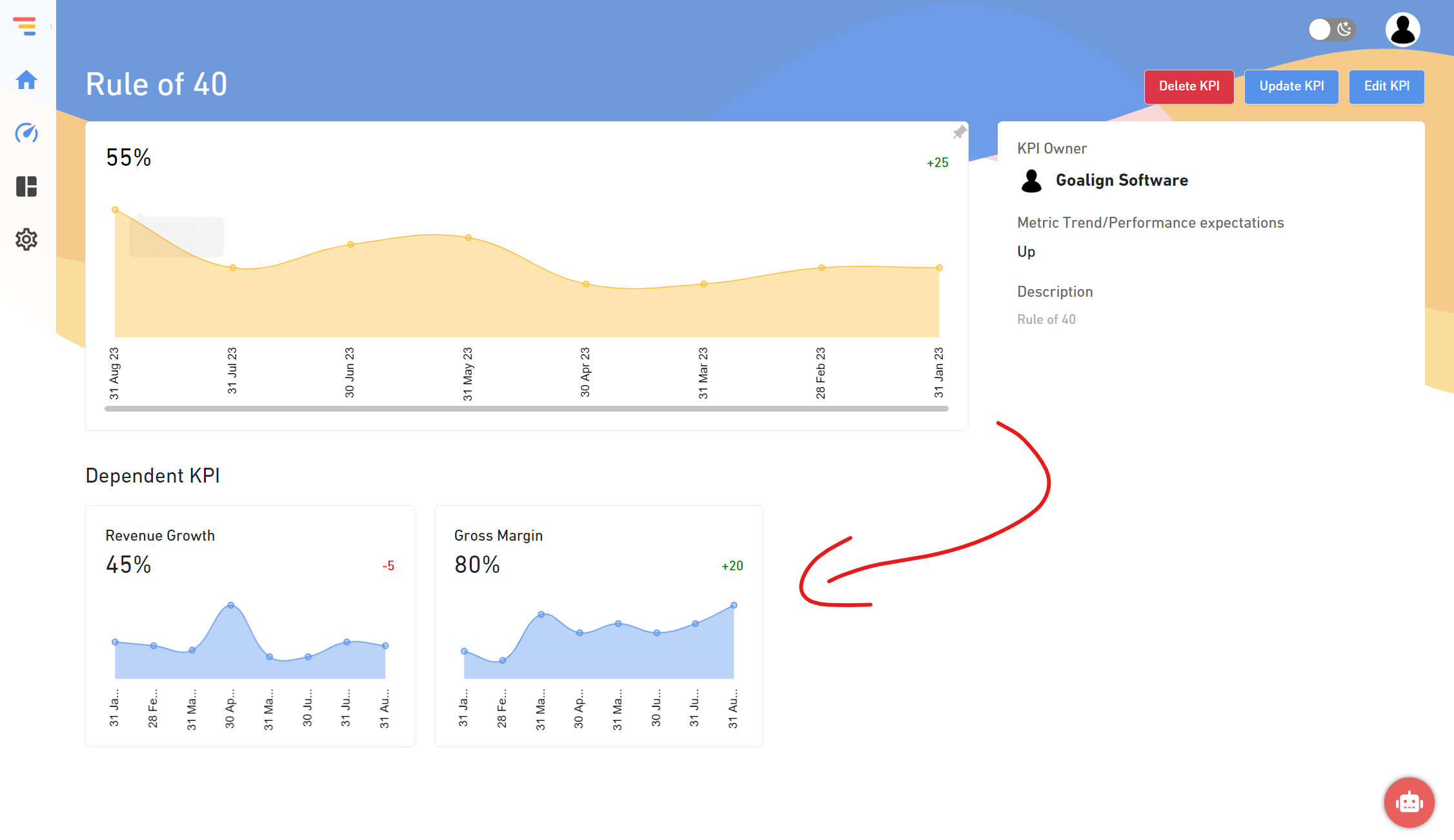Introduction
While OKR is gaining favor as a strategy for agile goal management, traditional performance management is becoming increasingly unpopular. At the same time, OKR and performance management are frequently referenced in the same sentence, as both ideas focus on improving the company’s performance.
What is Performance Management?
Performance management is the process of ensuring that a collection of actions and results achieves an organization’s goals effectively and efficiently. Performance management can concentrate on an organization’s, a department’s, or an employee’s performance and the methods utilized to complete specific tasks.
In practice, the phrase performance management refers primarily to employee performance review, management, and growth. Performance appraisals (also known as performance reviews or performance evaluations) are typically held yearly.
What is the definition of Continuous Performance Management (CPM)?
Continuous Performance Management (also known as Agile Performance Management) is a modern, people-centred method of driving, analyzing, and enhancing employee performance. It allows your firm to foster a trusting atmosphere where people feel empowered to direct their growth. Employees in a continuous performance management culture provide each other with a broad spectrum of real-time feedback that is grateful, educational, and relevant.
Several benefits exist between Continuous Performance Management and the traditional approach:
- Agility and shorter cycles: Annual evaluations give way to more regular check-ins with workers to provide feedback when it is most relevant. As a result, personnel may adapt their habits and respond to new changes with greater flexibility and agility.
- Focus on employee growth: Rather than sombre and demotivating performance assessments, employee reviews should focus on the employee’s development.
- Cost-effectiveness: The CPM strategy is far less expensive than the annual bureaucratic commotion over personnel evaluations and performance appraisals.
- Teamwork: Rather than pitting employees against one other through rankings, Continuous Performance Management supports employee cooperation and the formation of high-performing teams.
Performance Management
Performance assessments are self-contained and measure an individual’s performance within a specific period. Feedback is offered, and significant areas for improvement are identified. The results of such performance reviews are tied to compensation.
Before we explain what performance management is or how it may assist in improving the problem, we’ll take a detour and learn why employees are opposed to the notion of performance-based pay/compensation. This is because such situations always necessitate more and more labour in exchange for any chance of compensation. And year-end assessment sessions are often an awkward event for both employees and managers, as they frequently include a sense of unhappiness among the personnel.
What is the value of establishing goals?
When you think about it, goal-setting has been a component of the human strategy for many years (longer than we can remember), but it has never been a part of corporate strategy. When you think about it, it’s a form of bargaining for a better future by preceding the now. As a result, in the twentieth century, when corporations were transforming their corporate management, Peter Drucker founded.
Rating-less Review
Despite the shift in emphasis, the model still gauges remuneration through quantitative performance. Furthermore, it has been observed that managers spend more time arguing ratings than they do dealing with performance issues. “Emotional overview” instead of “abstract review using a rating low strategy” rings a bell. The appeal of qualitative evaluation is that the individual who has achieved the most goals may not be the best performer.
In this case, quantifiable abilities like empathy, organizational advocacy, responsibility, calmness, and so on are considered in the remuneration conversation. As a result, qualitative reviews may be an excellent tool for implementing a continuous performance management plan. According to Bersin by Deloitte, the qualitative evaluation approach reduced attrition by 31%.
OKRs are being integrated into performance management
Every business would like to analyze individual performance while also evaluating the group’s performance. If these two are not there, the entire purpose of the assessment is null and void.
Because OKRs are collaborative, it would be a useful statistic to track how an employee is progressing toward the goal. How far have they travelled to achieve their goal? OKRs may help teams start conversations about performance, resulting in a continuous review rather than a year-end procedure.
The measured outputs may be linked to the result, a set of OKRs. The following are a few topics that might lead to productive talks during retrospective meetings:
- The biggest obstacles encountered in achieving OKRs.
- During the execution, I learned a few things.
- Best practices were implemented when completing OKRs.
- Consider the previous quarter and its performance statistics.
- Analyze the strengths and weaknesses of the individual and team objectives by evaluating their performance.
After addressing the subject, we may construct the performance link with OKRs. Managers may observe and share comments in both directions, enhancing engagement.
Tips to make it successful
- Employees should check in frequently, and supervisors should examine the check-ins.
- Keep track of developments and give ongoing help and comments.
- Set up regular one-on-one sessions to keep the staff engaged and address their concerns.
To wrap it up
The appraisal review’s negative reputation may be eradicated using continuous performance management, which separates the discourse about remuneration and performance. When paired with the qualitative evaluation approach, it may assist you in creating a more significant gap between compensation and performance. And the OKR technique is an excellent tool for developing continuous performance management in your firm.
Conclusion:
When OKRs and agile, continuous performance management is incorporated in the process, their advantages can be mutually reinforcing. However, it is always crucial to remember that OKR and compensation should be kept distinct; otherwise, the benefits of OKRs would be negated.
Another stumbling block is connecting OKRs with personal development objectives — these notions should also be kept distinct. If your business currently uses OKRs, they are ideal to start implementing a practical Continuous Performance Management approach. The OKR framework, on the other hand, may considerably help and improve your CPM process.






